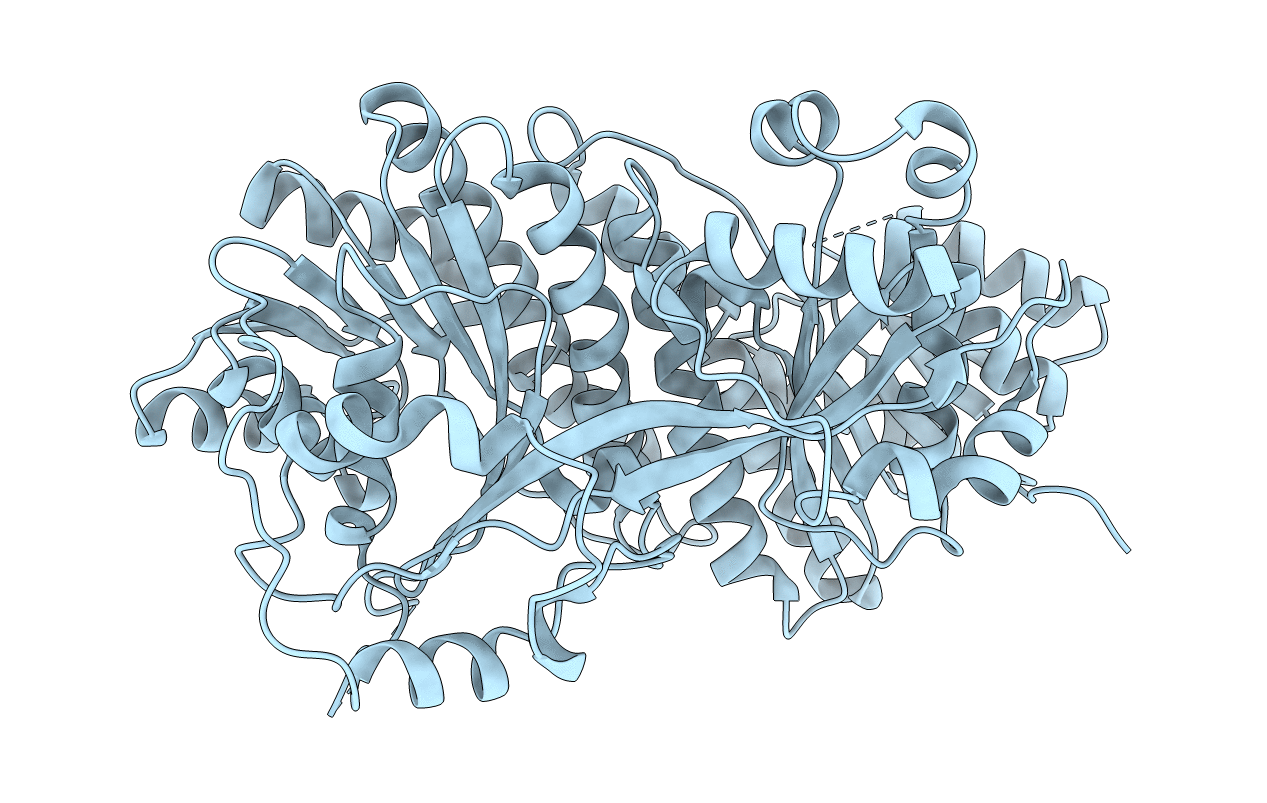
Deposition Date
2005-10-27
Release Date
2006-05-23
Last Version Date
2024-04-03
Entry Detail
PDB ID:
2ET6
Keywords:
Title:
(3R)-Hydroxyacyl-CoA Dehydrogenase Domain of Candida tropicalis Peroxisomal Multifunctional Enzyme Type 2
Biological Source:
Source Organism:
Candida tropicalis (Taxon ID: 5482)
Host Organism:
Method Details:
Experimental Method:
Resolution:
2.22 Å
R-Value Free:
0.25
R-Value Work:
0.19
R-Value Observed:
0.19
Space Group:
P 21 21 21


